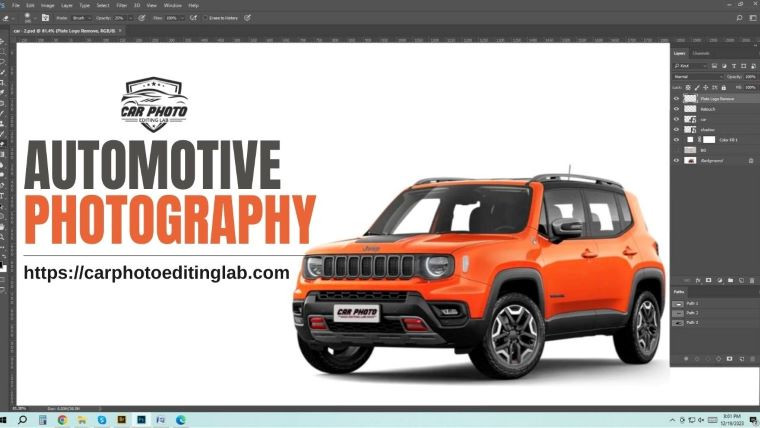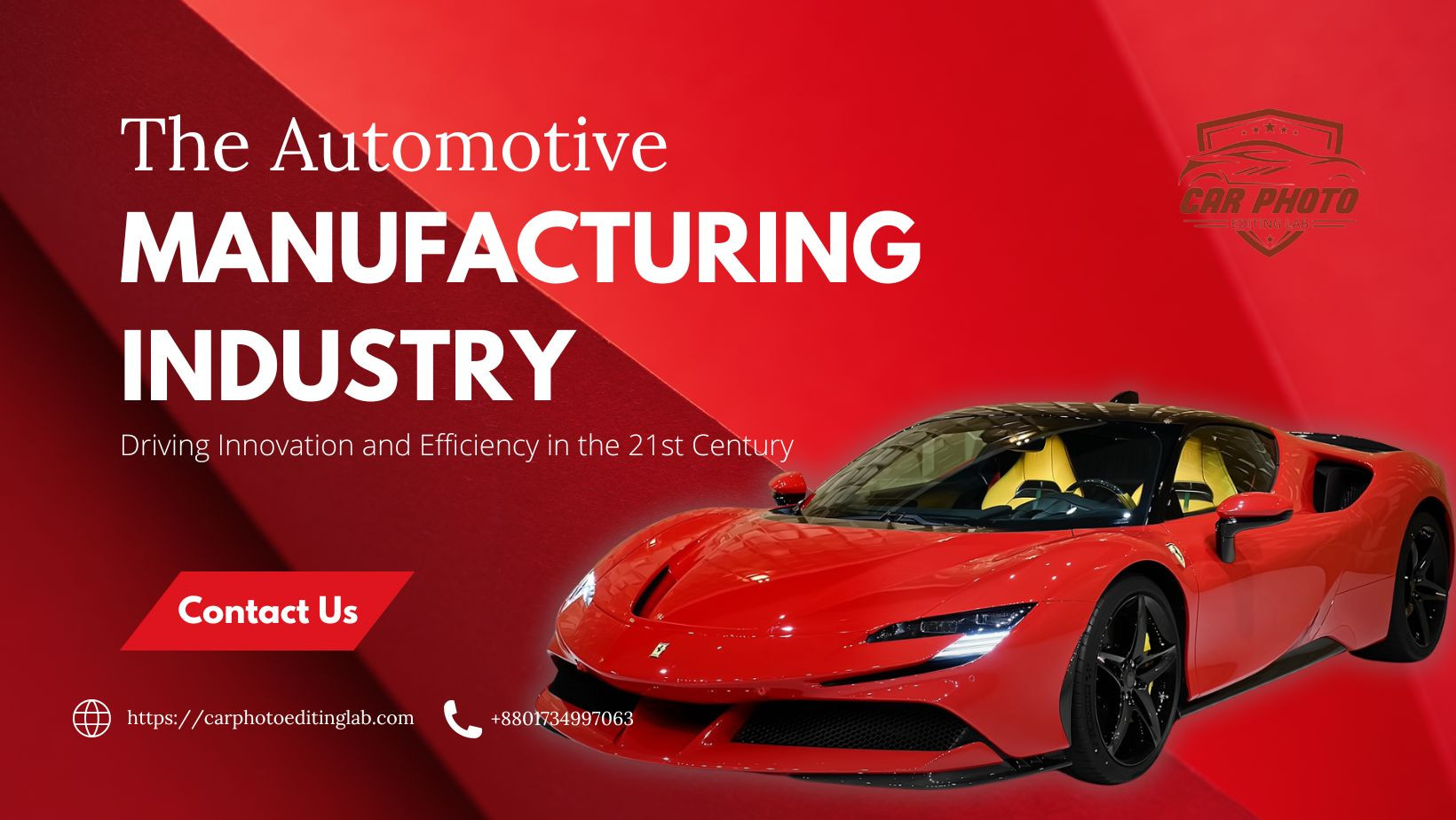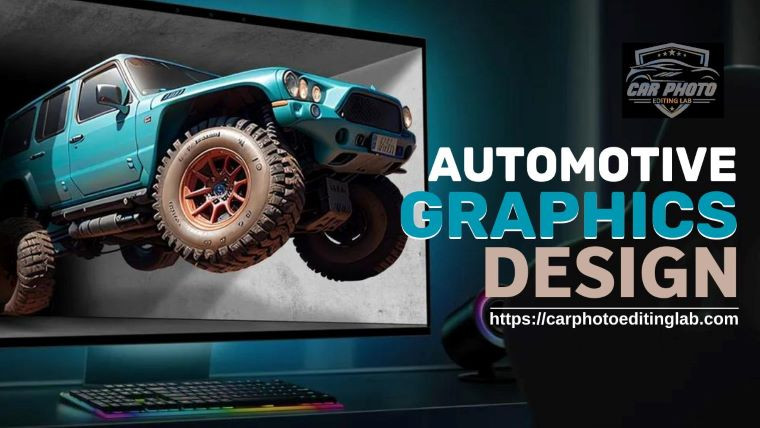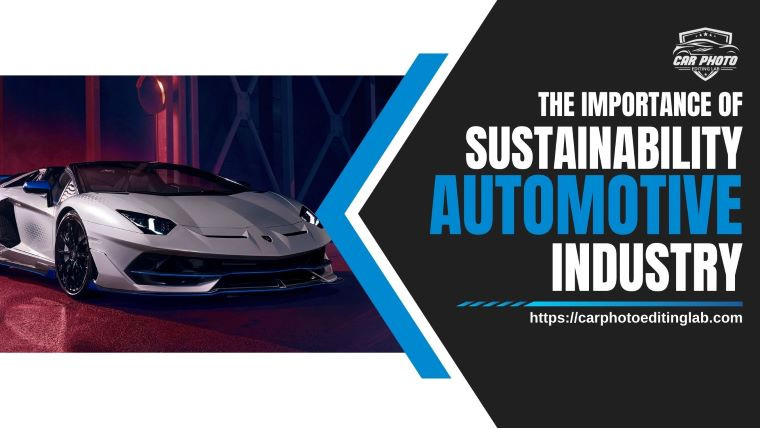-
Contact us with Whatsapp:
+8801734997063 -
Mail Us:
[email protected] -
Service Hours
24/7
Automotive photography

Jun 2024
- 01 Jun 2024
- Business Solution
- 0 Views
Automotive photography
Automotive photography is a captivating blend of art and science, requiring a keen eye, technical expertise, and a passion for cars. Whether you’re a seasoned professional or an enthusiastic amateur, capturing the essence of a vehicle in a photograph is a rewarding challenge. In this blog post, we’ll explore the key aspects of automotive photography, from equipment and techniques to composition and post-processing. By the end, you’ll have a solid foundation to start creating stunning automotive images.
The Equipment: Getting Started
Cameras and Lenses
The heart of any photography setup is the camera. While high-end DSLRs and mirrorless cameras offer the best performance, many modern smartphones are capable of capturing impressive automotive images. However, for the best results, a dedicated camera is recommended.
Camera Body: Full-frame DSLRs or mirrorless cameras, such as the Canon EOS R5, Sony A7R IV, or Nikon Z7 II, provide excellent image quality and dynamic range.
Lenses: Versatile lenses like a 24-70mm f/2.8 are great for most situations, while prime lenses such as a 50mm f/1.8 or 85mm f/1.4 offer superior sharpness and depth of field. Wide-angle lenses (16-35mm) can capture dramatic perspectives, and telephoto lenses (70-200mm) are useful for isolating details and shooting from a distance.
Accessories
Tripod: Essential for stability, especially in low light or when using long exposures.
Polarizing Filter: Reduces reflections and glare, enhances colors, and improves contrast.
Remote Shutter Release: Prevents camera shake when taking long exposures.
Lighting Equipment: Portable LED lights, flash units, and reflectors help control the lighting environment, especially for indoor or night shoots.
The Techniques: Capturing the Perfect Shot
Lighting: The Key to Great Photos
Lighting is crucial in automotive photography. It can make or break a shot, highlighting the car’s lines, shapes, and textures.
Golden Hour: Shooting during the golden hour (the hour after sunrise or before sunset) provides soft, warm light that adds a natural glow to the vehicle.
Night Photography: Use artificial lighting creatively, such as streetlights, neon signs, or portable lights, to create a moody atmosphere. Long exposures can produce stunning light trails and reflections.
Studio Lighting: For complete control, studio setups with multiple light sources allow you to eliminate unwanted shadows and highlight specific areas of the car.
Composition: Framing Your Subject
Good composition is about guiding the viewer’s eye through the image and emphasizing the car’s features.
Rule of Thirds: Place the car off-center to create a more dynamic and interesting composition.
Leading Lines: Use natural or architectural lines to draw attention to the vehicle.
Symmetry: Symmetrical compositions, especially with reflections in water or shiny surfaces, can create striking images.
Backgrounds: Choose backgrounds that complement the car and don’t distract from it. Urban environments, scenic landscapes, and minimalist settings all work well.
Angles and Perspectives
Experimenting with different angles and perspectives can add drama and interest to your shots.
Low Angles: Shooting from a low angle can make the car appear more powerful and imposing.
High Angles: A high viewpoint can provide a comprehensive view of the car and its surroundings.
Detail Shots: Focus on specific features like the headlights, grille, or interior to capture the car’s character.
Motion Shots: Panning shots, where the car is in motion and the background is blurred, convey a sense of speed and dynamism.
Capturing Details
Cars are more than just their exteriors. Interior shots and close-ups of specific details can tell a more complete story.
Interiors: Use wide-angle lenses to capture the full interior or macro lenses for intricate details.
Engine Bay: Show off the car’s heart by photographing the engine. Good lighting is essential to highlight the mechanical beauty.
Close-Ups: Focus on emblems, badges, wheels, and other distinctive features that define the car’s identity.
Post-Processing: Enhancing Your Images
Post-processing is an integral part of digital photography. It allows you to enhance your images, correct mistakes, and add your personal touch.
Software
Adobe Lightroom: Ideal for basic adjustments like exposure, contrast, color balance, and cropping.
Adobe Photoshop: Offers more advanced editing capabilities, such as retouching, compositing, and detailed manipulation.
Luminar: A user-friendly alternative to Lightroom with powerful AI-based editing tools.
Basic Adjustments
Exposure and Contrast: Ensure the car is well-lit and the image has good contrast.
Color Correction: Adjust the white balance to keep the colors accurate and vibrant.
Sharpening: Enhance details and make the image appear crisper.
Cropping: Improve composition by removing distracting elements and focusing on the subject.
Advanced Techniques
HDR (High Dynamic Range): Combine multiple exposures to capture a wider range of light and detail.
Focus Stacking: Merge multiple images taken at different focus points for maximum sharpness.
Retouching: Remove blemishes, reflections, and other imperfections.
Compositing: Combine elements from different images to create a perfect shot.
The Art: Developing Your Style
While technical proficiency is essential, developing a unique style is what will set your work apart. This involves experimenting, learning, and drawing inspiration from various sources.
Inspiration
Automotive Magazines: Publications like Top Gear, Car and Driver, and Motor Trend feature exceptional photography.
Social Media: Platforms like Instagram and Pinterest are great for discovering trends and finding inspiration.
Automotive Events: Attending car shows, races, and meet-ups provides opportunities to see and photograph a variety of vehicles.
Experimentation
Don’t be afraid to try new techniques and push the boundaries of your creativity.
Unconventional Angles: Explore unusual perspectives and framing.
Creative Lighting: Use light painting, colored gels, and other techniques to create unique effects.
Post-Processing: Experiment with different editing styles, such as black and white, vintage, or surreal looks.
Consistency
Developing a consistent style helps in building a recognizable brand. This includes maintaining a coherent look across your portfolio and social media presence.
Color Palette: Stick to a specific color palette that reflects your aesthetic.
Editing Style: Develop a signature editing style that distinguishes your work.
Thematic Consistency: Focus on a specific type of automotive photography, such as vintage cars, sports cars, or urban scenes.
Practical Tips: Making the Most of Every Shoot
Preparation
Scout Locations: Visit potential shoot locations in advance to find the best spots and understand the lighting conditions.
Plan the Shoot: Create a shot list to ensure you capture all the desired angles and details.
Weather: Check the weather forecast and be prepared for changing conditions.
During the Shoot
Communicate: If working with a car owner or a team, ensure everyone understands the plan and their roles.
Be Patient: Wait for the right moment, especially when dealing with natural light.
Stay Safe: Be mindful of your surroundings, especially when shooting in public or near moving traffic.
After the Shoot
Backup Your Files: Save your images to multiple locations to prevent data loss.
Review and Edit: Take your time to carefully review and edit your images.
Seek Feedback: Share your work with peers or online communities to get constructive feedback and improve.
Conclusion
Automotive photography is a rewarding pursuit that combines technical skill with artistic vision. By understanding the equipment, mastering essential techniques, and developing your unique style, you can create stunning images that capture the beauty and essence of cars. Remember, the journey is as important as the destination. Keep experimenting, learning, and most importantly, enjoying the process. Happy shooting!
Written By: Clipping Partner India
























0 Comment